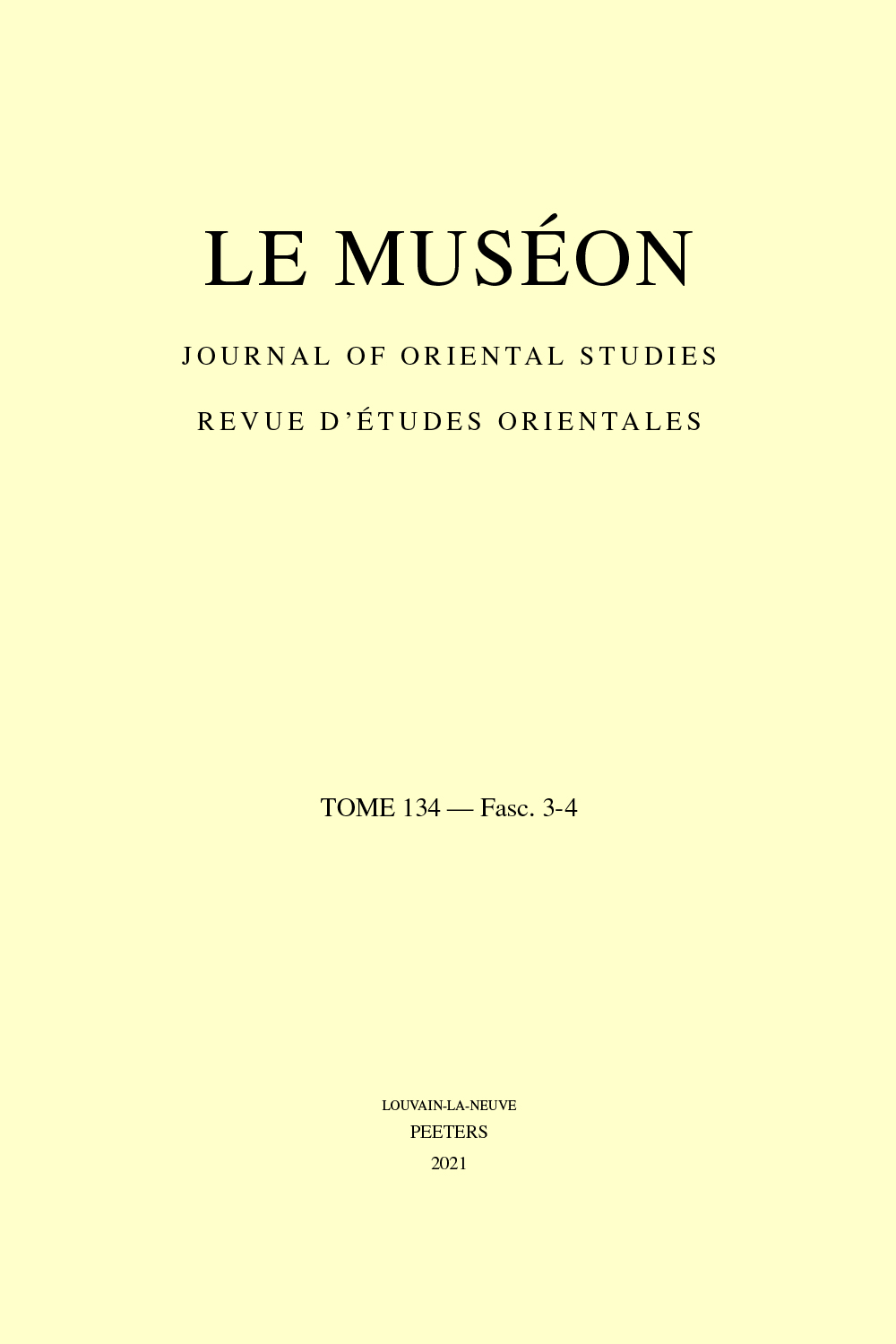 previous article in this issue previous article in this issue | next article in this issue  |

|
Document Details : Title: Imitatio mosis and Pilgrimage in the Life of Peter the Iberian Author(s): BITTON-ASHKELONY, B. Journal: Le Muséon Volume: 118 Issue: 1-2 Date: 2005 Pages: 51-70 DOI: 10.2143/MUS.118.1.616484 Abstract : Despite theological controversy being foregrounded in the Life of Peter the Iberian, its idiosyncracy resides in two particular features: the first one is the interpretation of Peter’s activities throughout the Vita in light of the biblical Moses and presenting him as nothing less than “the Second Moses.” The second feature is the relatively detailed accounts of the hero’s pilgrimages; four threads depicting pilgrimage and the discovery of a holy tomb are interwoven in the Life of Peter: a description of Peter and his companion entering Jerusalem, the visit to Mount Nebo, the inventio of the tomb of Moses at Mount Nebo, and the dream journey to the sacred sites in Jerusalem and its environs. The purpose of this article is to show that these two peculiarities served the religious orientation that guided the author — namely, the anti-Chalcedonian stance — and his general tendency to praise and laud Peter as “that minister of God and fellow in zeal of the great Moses,” as one holding firmly the orthodoxy, i.e., the anti-Chalcedonian faith. John Rufus, the author of the Vita at the end of the fifth century, was in fact striving to find a symbol of orthodoxy, an ultimate icon of a man of God holding the true faith. This aim explains his selection of Moses from the gallery of biblical figures who usually peopled the hagiographic compositions. The author was above all creating a literary space in which to promote the anti-Chalcedonian faith in its full historical setting during one of its turbulent phases. |
|
